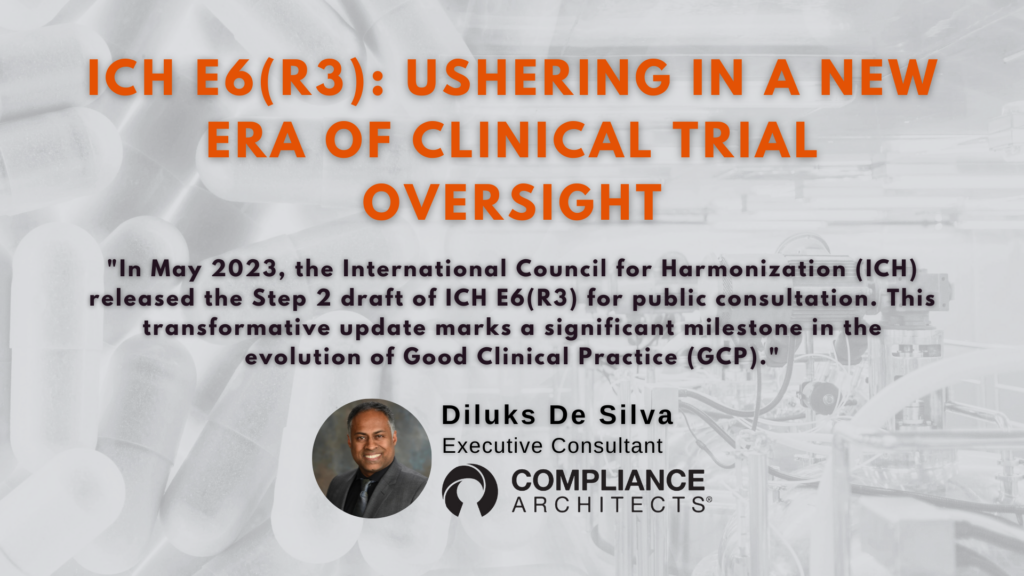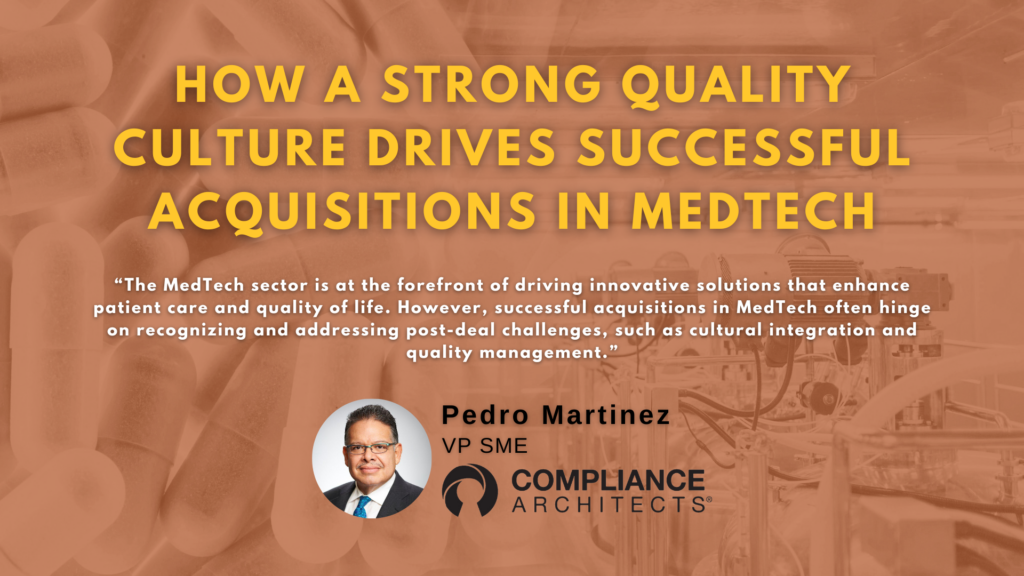Definitions matter. In cases of compliance, they matter a lot. That is why it is worth spending some focused time reviewing the QMSR transition definitional differences being implemented. As stated in my prior article (click here for article #2 in this series),
Definitional Differences
In section 3 “Terms and Definitions,” ISO 13485:2016 has 19 entries, in section 820.3 “definitions” QSR lists 30 items, while the QMSR both incorporates section 3 of ISO 13485:2016 and lists 10 additional terms that are either not in 13485:2016 or modify terms contained there.
Additionally, and quite crucially, the QMSR makes it clear that in the case of any differences between it and ISO 13485:2016, the definitions established in the Food, Drug, and Cosmetic Act, (FD&C Act) will prevail.
What all this means is that, like with the sectional differences above, you will need to have all three sets of documents in front of you to make sure you understand all the definitional changes, additions, or nuances.
This article will cover the QMSR transition definitional differences. For the first article in this series, click here. For the second article in this series, click here.
Table of Contents
QMSR Transition Definitional Differences
In section 820.30(a), they provide a concise guide to terms “which are either not used or not defined in ISO 13485 or in Clause 3 of ISO 9000” which will apply. From the published rule, these are:
Component: means any raw material, substance, piece, part, software, firmware, labeling, or assembly that is intended to be included as part of the finished, packaged, and labeled device.
Federal Food, Drug, and Cosmetic Act: means the Federal Food, Drug, and Cosmetic Act, 21 U.S.C. 321 et seq., as amended.
Finished device means any device or accessory to any device that is suitable for use or capable of functioning, whether or not it is packaged, labeled, or sterilized.
Human cell, tissue, or cellular or tissue-based product (HCT/P) regulated as a device means an HCT/P as defined in § 1271.3(d) of this chapter that does not meet the criteria in § 1271.10(a) of this chapter and that is also regulated as a device.
Remanufacturer: means any person who processes, conditions, renovates, repackages, restores, or does any other act to a finished device that significantly changes the finished device’s performance or safety specifications, or intended use.
Section 820.30(b) is a key section because it lists out four definitions that will be used in the QMSR but that may have similar but not identical definitions in the ISO documents. Importantly, it also states FDA’s position that, in the event of a conflict, the FD&C Act definitions will apply.
Pay special attention to the fact that, for FDA, “Safety and Performance” will mean the same as “Safety and Effectiveness.” This gets to the need for meeting user needs (validation) versus just ensuring the device works as intended (verification).
Implantable medical device: shall have the meaning of ‘implant’ as defined in section 860.3 of this chapter.
Manufacturer: means any person who designs, manufactures, fabricates, assembles, or processes a finished device. Manufacturer includes, but is not limited to, those who perform the functions of contract sterilization, installation, relabeling, remanufacturing, repacking, or specification development, and initial distributors of foreign entities performing these functions.
Organization: shall have the meaning of ‘‘manufacturer’’ as defined in this part. Rework means action taken on a nonconforming product so that it will fulfill the specified requirements in the medical device file (MDF) before it is released for distribution.
Safety and Performance: shall have the meaning of ‘safety and effectiveness’ in Clause 0.1 of ISO 13485. The phrase ‘safety and performance’ does not relieve a manufacturer from any obligation to implement controls or other measures that provide reasonable assurance of safety and effectiveness.

Terms That Will No Longer Be Used
You can say goodbye to the following terms:
- Quality System Record (QSR)
- Device Master Record (DMR)
- Design History File (DHF)
- Device History Record (DHR)
This will be one of the biggest changes both culturally and procedurally. This is especially true for the DHF. Introduced in the 1996 QSR, the DHF is deeply engrained in the fabric of all our design efforts and I, for one, am sorry to see it go. However, FDA is right that all four of these are covered to the extent they need to be by the requirements contained in 13485 for what they term the Medical Device File (MDF).
Comment 32
I invite you to read the full commentary related to comment 32. In that comment someone suggested the FDA expand the definition of “risk” to include regulatory risk. FDA gives a response detailing why they feel it is not necessary for them to create a new and broader definition.
Their reasoning is sound, but they redacted the true and most important reason they do not want to add regulatory risk to the definition: because we should not be trying to quantify that risk to guide our decisions. It comes down to the fact that if you are doing the right things for the patients and users, compliance will follow.
Navigating the QMSR Transition Definitional Differences
There are several definitional changes coming with the new QMSR and companies need to familiarize themselves with them to not only know what is expected from a performance standpoint but to also be able to effectively update all their processes and procedures. Without those updates, showing compliance will be more complicated than it needs to be.
If you need help with navigating this transition, Compliance Architects is ready to help. Using the tools of modern databases and project planning, we have mapped out the differences among the three regulations and figured out where the gaps are. In fact, just with the QSR and ISO 13485, our tool had identified a minimum of 132 pairs of requirements that need alignment and created roadmaps for each of them.
We can then use these roadmaps to streamline your internal assessment of compliance and help create a risk-based plan to close the gaps that will not only shorten your time to compliance but also strengthen your overall compliance posture along the way.
Contact Us
Looking to learn more about the QMSR transition definitional differences? Fill out the form below to contact our team!





